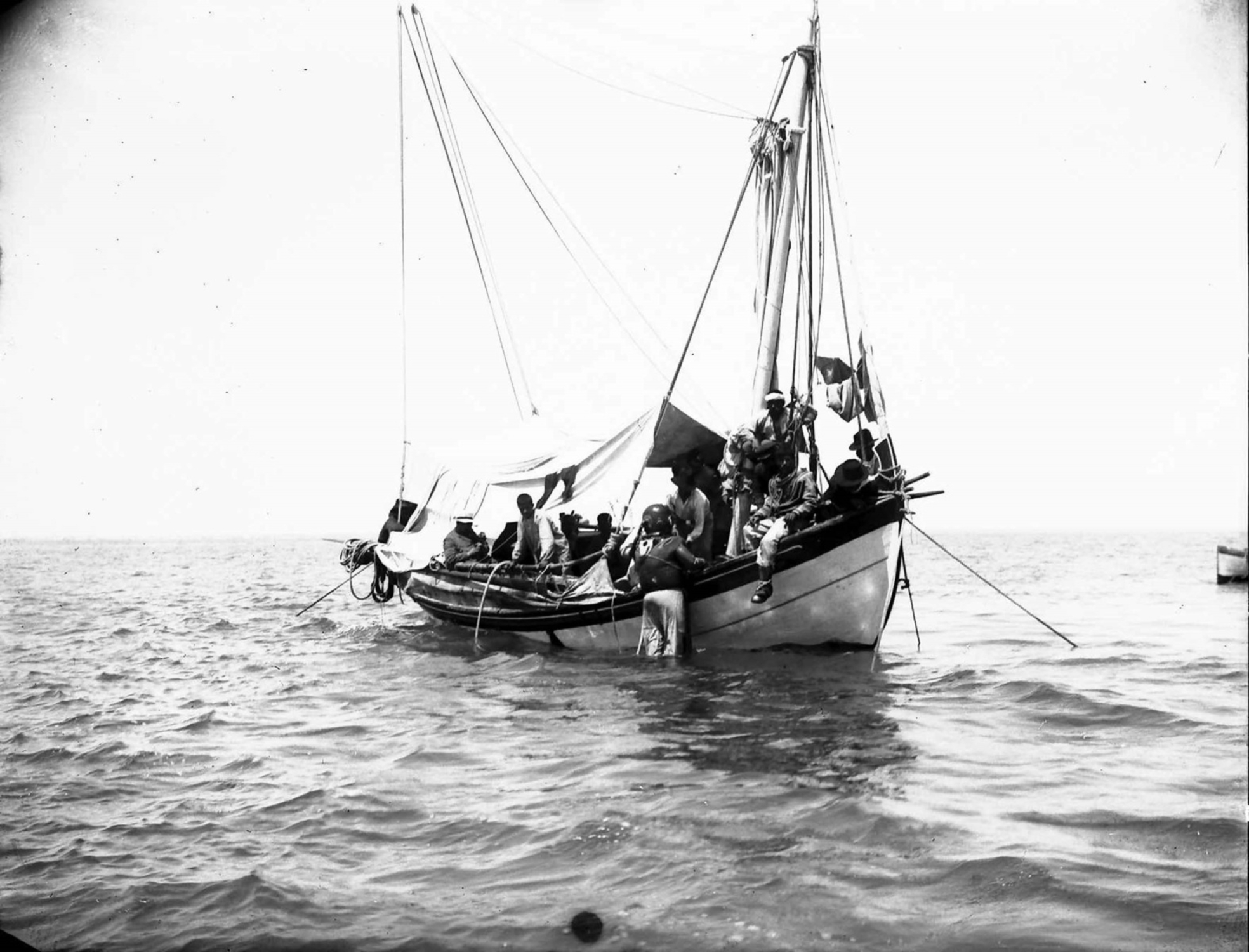
- Home
- A great scientific adventure
- Heavy gear and the Mahdia shipwreck
Nineteen hundred and seven was the year zero of underwater archaeology, when humble sponge divers made a discovery which would revolutionize the study of classical antiquity and the archaeological record at the bottom of the sea.
Weighted boots ...
In 1907 Greek sponge divers discovered a wreck off Mahdia (Tunisia) in 40 m of water.
What was ‘heavy gear’? It was a type of diving suit with a metal helmet and weighted boots with 10–20 kg lead soles. The heavy boots provided the diver with ballast so he could stand upright on the sea floor. As with all the helmet divers who preceded them since the middle of the nineteenth century, the Mahdia fishermen went diving to earn their living. But the discovery of the wreck marked a turning point in their lives – and indeed, history.
... to the first underwater excavation
Alfred Merlin, director of Tunisia’s department of antiquities, carried out excavations on the site between 1907 and 1913.
The ship had foundered around 80 to 70 BC with a hold full of sculptures, furnishings, everyday objects and several dozen marble columns. In all, an impressive archaeological deposit which suggested that the ship was on a passage from Piraeus to Rome to deliver Greek furnishings and works of art to a rich buyer.
The Mahdia wreck continues to fascinate archaeologists. Following the invention of the aqualung in 1943 (later SCUBA), several teams carried on studying the site until 1993 when German and Tunisian specialists undertook extensive conservation works on the recovered artefacts. Thanks to the perseverance of the archaeologists involved, these artefacts can now be admired in the Bardo National Museum, Tunis.



